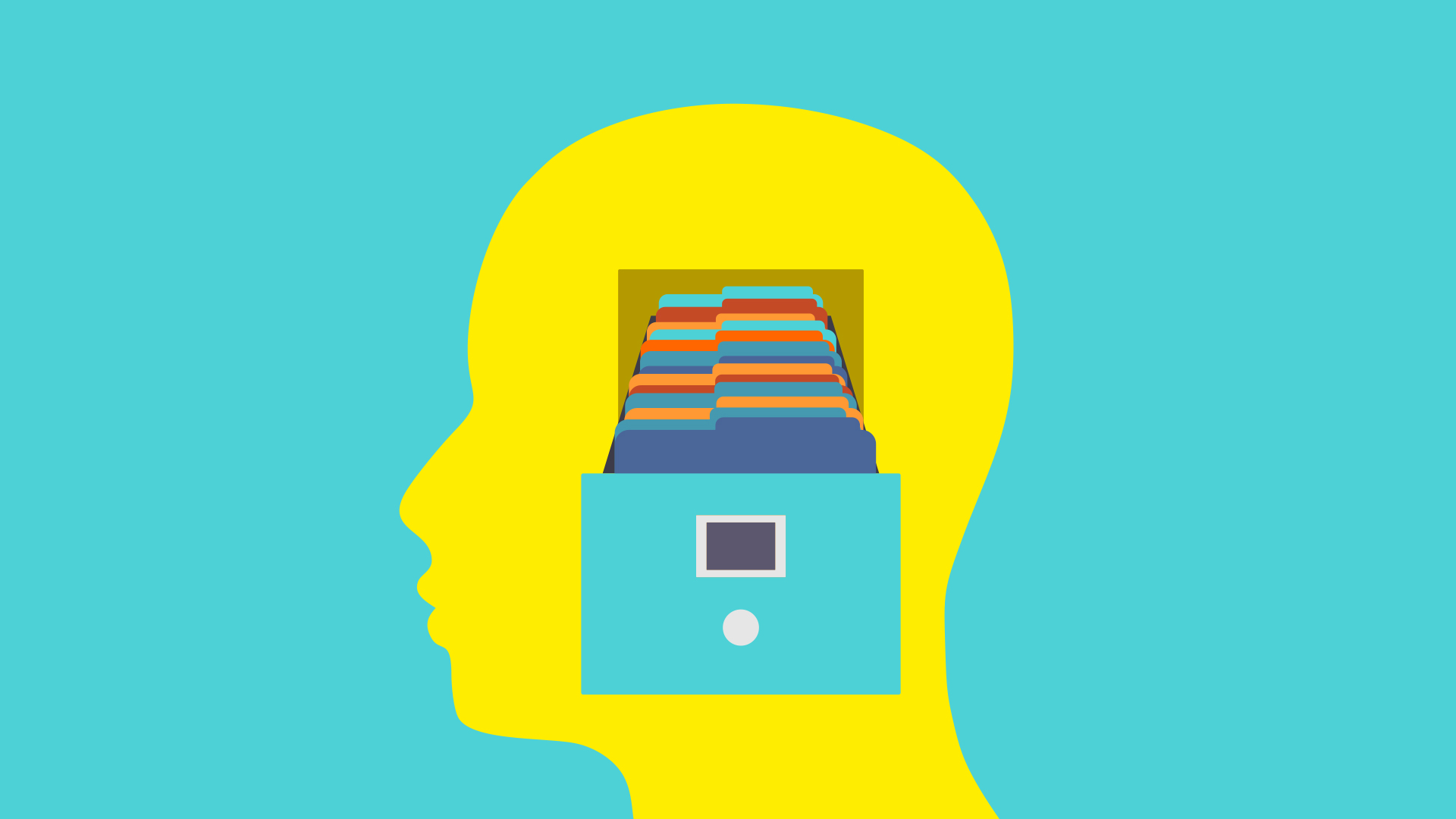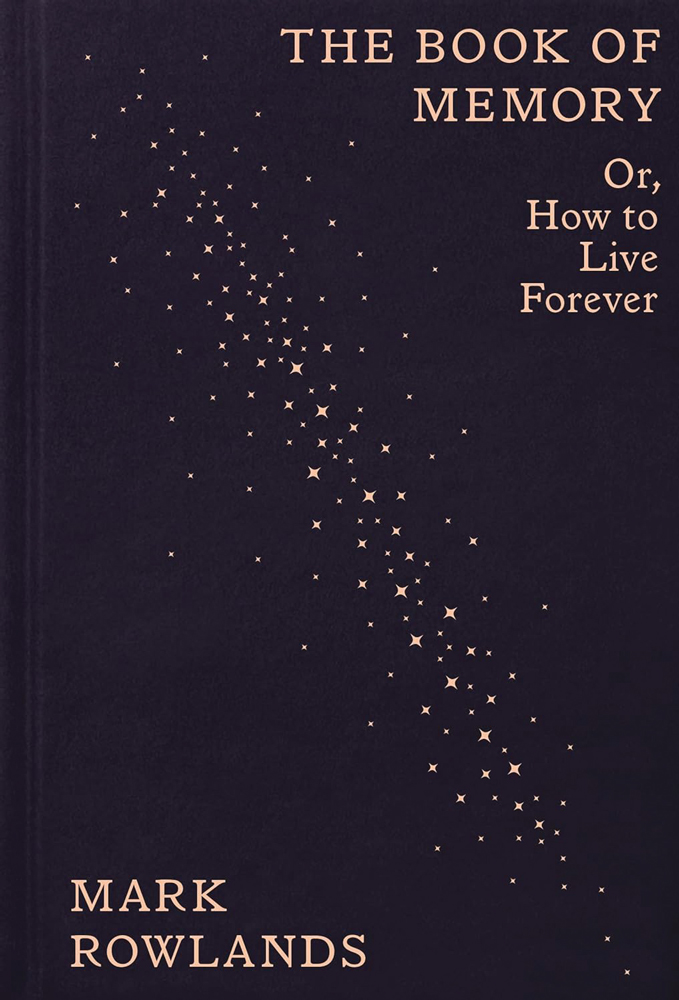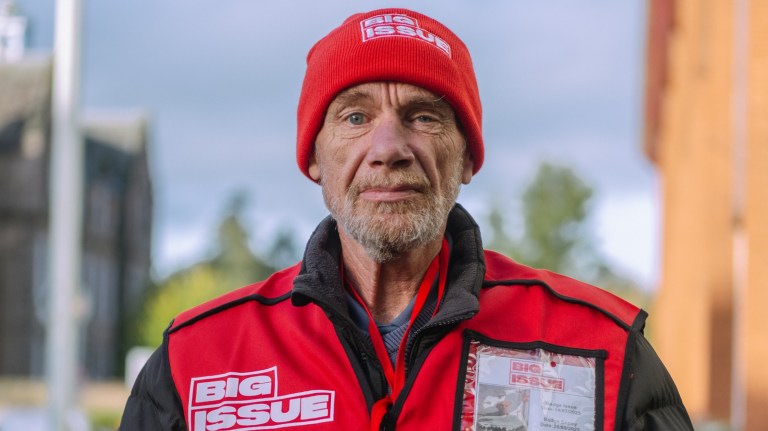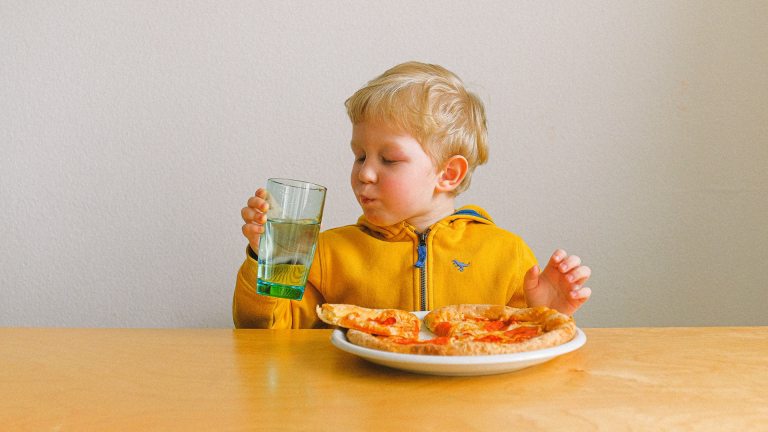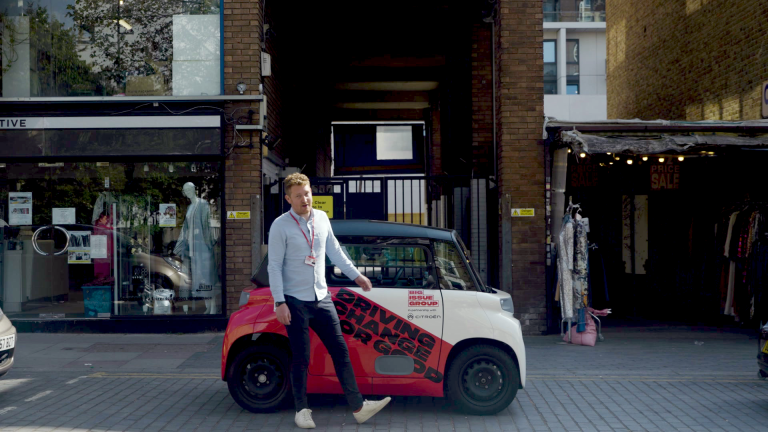It is widely accepted that memories play a central role in making us who we are. After all, what could make us who we are on these tracks through space and time that we call our lives, other than the things we have done and the things that have happened to us?
But these belong to the past, and if they are to have any effect on us they now must be retained. It is memory’s job to do this. In short, the past makes us who we are, and memory preserves the past in us.
The connection between memory and the past is, however, more complicated than this. Most obviously, we have all forgotten far more than we remember. If we were books of memories, almost every page would be dominated by ink-black redaction. Memory is supposed to work by retaining a past that forms us. But it doesn’t seem to do this at all. The vast majority of any person’s past will not be found in their memories, as I explore in The Book of Memory.
Get the latest news and insight into how the Big Issue magazine is made by signing up for the Inside Big Issue newsletter
This is only the beginning. Suppose we switch our attention from what we have lost to what remains. Our memories, we now know, are likely to be inaccurate, often very inaccurate. Ulric Neisser and Nicole Harsch’s classic study of memories of the Challenger explosion – the space shuttle that blew up on take-off in January 1986 – was the first to show this. Neisser gave his students two questionnaires – one the day after the explosion and the other three years later.
The comparisons were striking. For example, in her 1986 questionnaire, GA reports she was in the cafeteria when she heard the news, and it made her so sick she was unable to finish her lunch. In 1989, however, she reports that she was, “in my dorm room when some girl came running down the hall screaming, ‘The space shuttle just blew up.’”
